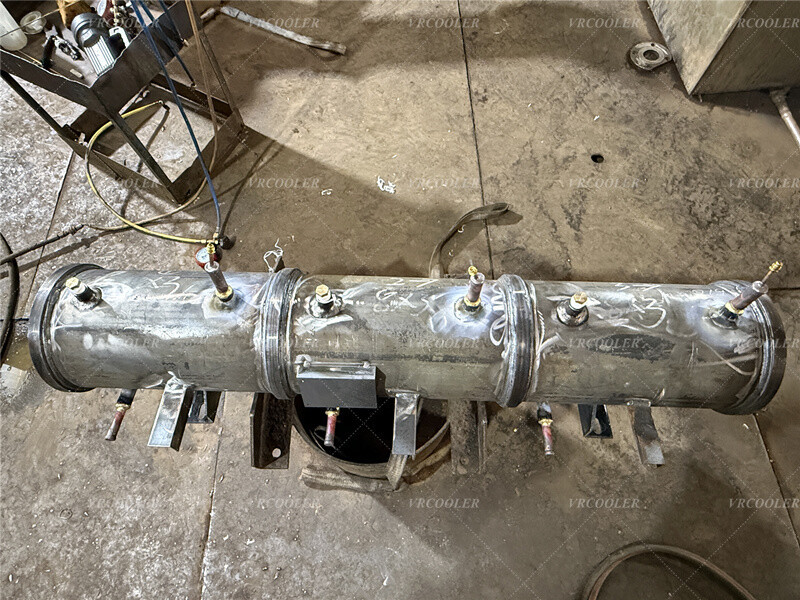Shell and tube heat exchangers are a popular choice for heating swimming pool water due to their efficiency and reliability.
How Shell and Tube Heat Exchangers Work
Design: The heat exchanger consists of a series of tubes (the tube bundle) housed within a larger shell. One fluid flows through the tubes, while another fluid flows around the tubes within the shell.
Heat Transfer: As the hot fluid (often hot water or water heated by a boiler) flows through the tubes, it transfers heat to the cooler pool water flowing around the tubes. The two fluids do not mix.
Circulation: The pool water is typically circulated by a pump, which draws water from the pool, passes it through the heat exchanger, and returns it heated.
Advantages
Efficiency: Shell and tube heat exchangers can efficiently transfer heat due to their large surface area.
Durability: They are robust and can withstand high pressures and temperatures, making them suitable for various applications.
Flexibility: These systems can be designed to accommodate different flow rates and temperatures, making them adaptable for various pool sizes.
Considerations
Maintenance: Regular maintenance is necessary to prevent fouling and ensure optimal performance.
Cost: Initial installation can be more expensive compared to other heating methods, but they are often more economical in the long run due to their efficiency.


